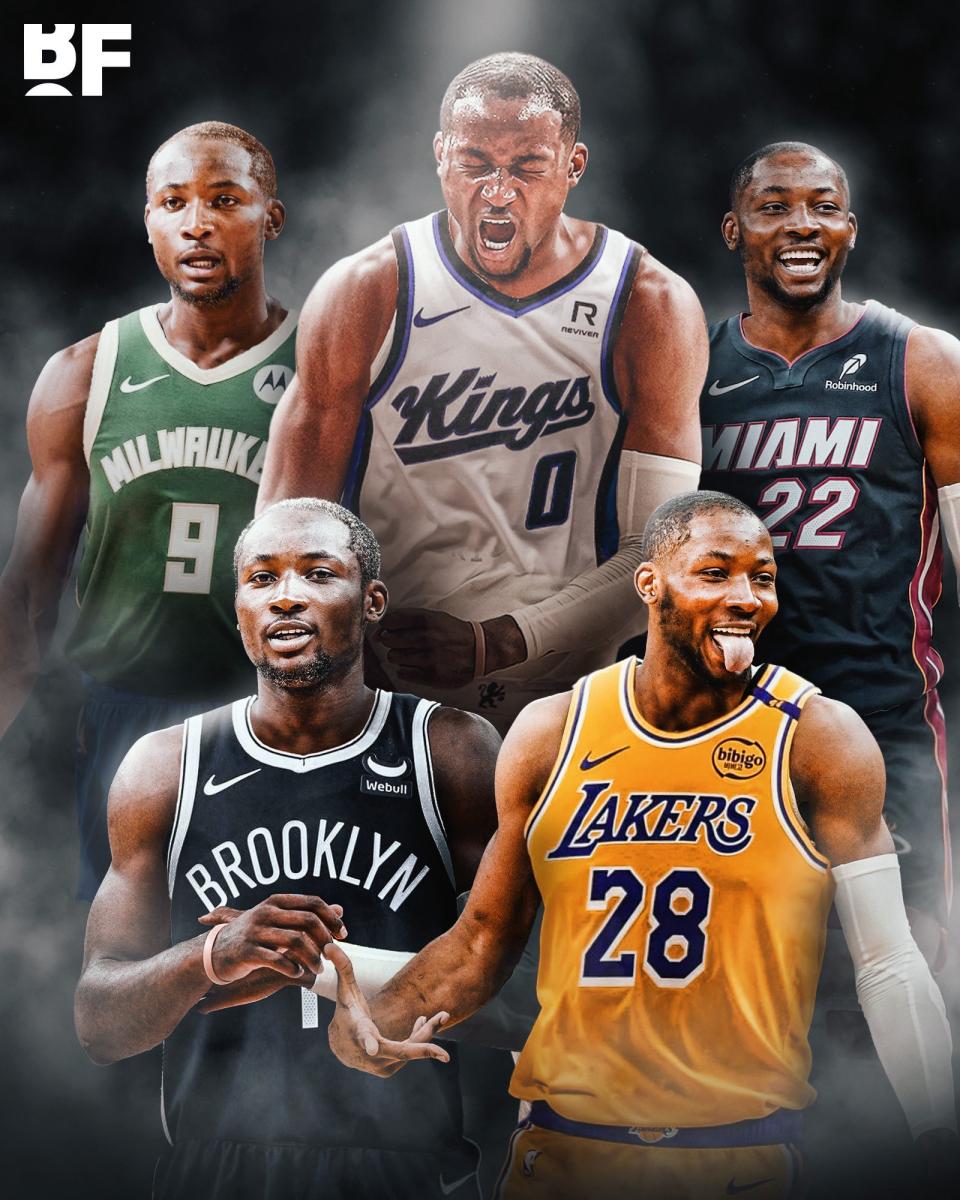Warriors sign Kuminga to a 2-year, $48.5 million deal! ESPN rates it B+: Both sides compromise, aiming for a win-win outcome.
On October 1st Beijing time, the Warriors finalized a 2-year, $48.5 million contract with Kuminga, including a team option for the second year. Here is ESPN’s detailed analysis giving it a B+ grade—


One day before Kuminga’s deadline to unilaterally accept his one-year $7.9 million qualifying offer as a restricted free agent, he chose to sign a longer-term deal offered by the Warriors, which also made his salary tradeable.
Ultimately, the money was too attractive for Kuminga to turn down. Under this contract,he will earn roughly $15 million more this season compared to accepting the qualifying offer. However, the cost is that Kuminga accepted the team option for the 2026-27 season, which could limit his earning potential if he has a breakout year.
While it’s understandable that Kuminga wanted to avoid a long-term lock-in—explaining why he chose this deal instead of a three-year contract with similar annual pay and team options—the downsides may not be that severe.As long as Kuminga remains with the Warriors, it will be difficult for him to secure a $30 million per year contract due to limited playing time.
The issue of Kuminga’s fit with Warriors’ core players Butler and Green overshadowed these negotiations. Although Kuminga is the team’s third scoring option, Coach Kerr excluded him from the rotation during playoff preparations. He was repeatedly listed as inactive, including during the Warriors’ play-in victory and their first-round win over the Houston Rockets.
Meanwhile, the Warriors need Kuminga—or a better shooting replacement—to share minutes during the regular season. When Curry was lost in the second-round series against the Timberwolves, Kuminga’s scoring proved crucial. In the final four games of that series, Kuminga averaged 24.3 points per game on 55% shooting.
Kuminga’s own value and salary position gave him some leverage beyond the threat of accepting the qualifying offer. He could have waited to sign after the season started, hoping injuries would force the Warriors back to the negotiating table. However, that would have been a huge risk, so his choice for a safer route is understandable.
From the Warriors’ perspective, it was vital that Kuminga waived the usual trade restrictions that come with such a contract.The Warriors could have resolved this by exercising the 2026-27 team option early, making the multi-year deal exempt from the same restrictions that apply to one-year contracts signed under the Bird rights. But by waiving this restriction, Kuminga allows the Warriors to use him as an expiring contract in trades if needed.
More likely, the Warriors will find a mutually agreeable trade involving Kuminga. Interest from the Phoenix Suns and Sacramento Kings reflects Kuminga’s value around the league.Completing a sign-and-trade deal this summer was complicated because Kuminga’s full salary didn’t count for trade matching due to base year compensation rules. This will no longer be an issue once Kuminga becomes trade-eligible on January 16.

The optimistic outlook for Kuminga is that he turns 23 next week and has already shown impressive ability to draw fouls. Last season, he averaged over 7 free throw attempts per 36 minutes. Considering his shooting performance during his first three years in the league and his high usage rate, Kuminga could maintain steady efficiency.
If that happens, Kuminga will become an unrestricted free agent before his 25th birthday, with the chance to build on the $48.5 million earned from this contract. While this may not be the perfect deal for Kuminga, it should ultimately benefit both sides in the long run.


Wonderfulshortvideo
First player to ever do it 🔥


Russell Westbrook showed out with his 204th triple-double 🔥


Victor Wembanyama joins @Rachel DeMita to answer trivia questions about his basketball journey! 🏀


Jalen Green slices his way to the basket for his first @Phoenix Suns pts ‼️


Luka finds Jaxson Hayes for another electric slam 🥵


What a close game 🍿


“I have much respect for him, much love, and I really enjoy his games.” 🤝








 Links
Links
 Contact
Contact
 App
App


